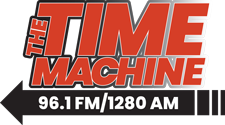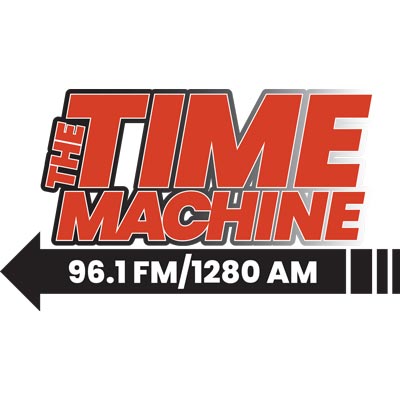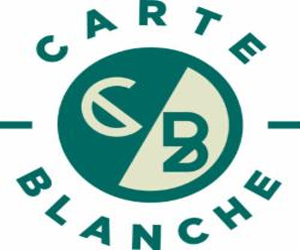This week brings critical updates on retail sales and homebuilding activity that could reshape market expectations before the Fed’s pivotal rate decision.
Housing Market Headwinds Pushed Many Builders To The Sidelines
Housing permits have declined year-over-year. The weakness reflects more sluggish home sales than previously expected and rising construction costs. Builders report that high material prices and labor shortages continue to challenge their ability to build homes that meet budget constraints of many families. The tailwind? Mortgage rates have declined approximately 25 basis points over the past month, providing some relief to prospective buyers. This decline in mortgage rates could lower the cost of rate buy downs but isn’t likely by itself to get builders to start new projects in the near term.
Retail Sales: The Market-Moving Wild Card
Retail sales data will likely move markets significantly this week. The prevailing theory suggests rising prices from tariffs will constrain consumer spending, supporting the case for immediate Fed action. However, if retail volumes surprise to the upside, Treasury yields could jump ahead of the Fed decision.
Fed Decision: The Main Event
The labor market has been cooling while inflation has been moving higher, creating the Fed’s classic dual mandate tension. Markets have overlooked inflation data somewhat, pricing in two rate cuts this year and an additional easing in 2026. This forward-looking behavior has already loosened financial conditions – the benchmark 10-year Treasury yield fell roughly 17 basis points in the past 30 days while 30-year fixed mortgage rates declined about 25 basis points. Stock markets have continued rising, further easing financial conditions well before any Fed action.
The Market Expectations Trap
This creates a critical dynamic: should the Fed fail to deliver on the rate path already priced in, a sharp reversal could occur. Treasury yields and mortgage rates could rise while stocks could decline as investors recalibrate expectations.
What are the odds of five or six rate cuts over the next 12 months? That depends on the future path of the economy, labor market and inflation. While the labor market slowdown appears severe enough to justify lower rates despite current inflation readings, upcoming fiscal stimulus could prolong the path to the Fed terminal rate implied by market expectations.
The Neutral Rate Reality
The neutral rate of interest represents the short-term interest rate that would prevail when the economy operates at full employment with stable inflation. This rate is determined by underlying forces of aggregate savings and investment demand, influenced by factors including productivity growth, labor force demographics, and global safe asset demand and supply.
Several structural factors are pushing the neutral rate lower:
Labor force growth is slowing, reducing investment demand as fewer workers require less capital
However, other forces could keep rates elevated:
Productivity growth from technologies like AI could increase investment opportunities and capital demand.Persistently higher fiscal deficits will increase the supply of government debt, potentially exceeding demand for safe assets, lifting term premia. Big deficits can lift the neutral rate by lowering national savings and lift long‑term yields by raising the term premium.An aging population could lead to lower savings as retirees spend down accumulated wealth
Bottom Line: Expectations vs. Reality
The Fed and financial markets estimate the real neutral rate between 0.75% and 1%. While the FOMC did not expect to reach this level before 2027, markets believe we’ll arrive earlier. This seems unlikely if inflation takes longer than expected to return to the Fed’s 2% target, especially if fiscal stimulus provides additional economic support.
The risk for markets lies in the gap between expectations and reality. If the Fed proves more cautious than markets anticipate, the recent easing in financial conditions could reverse quickly, creating volatility across asset classes.






